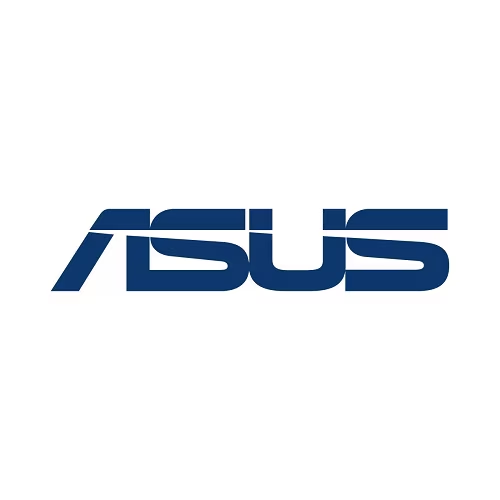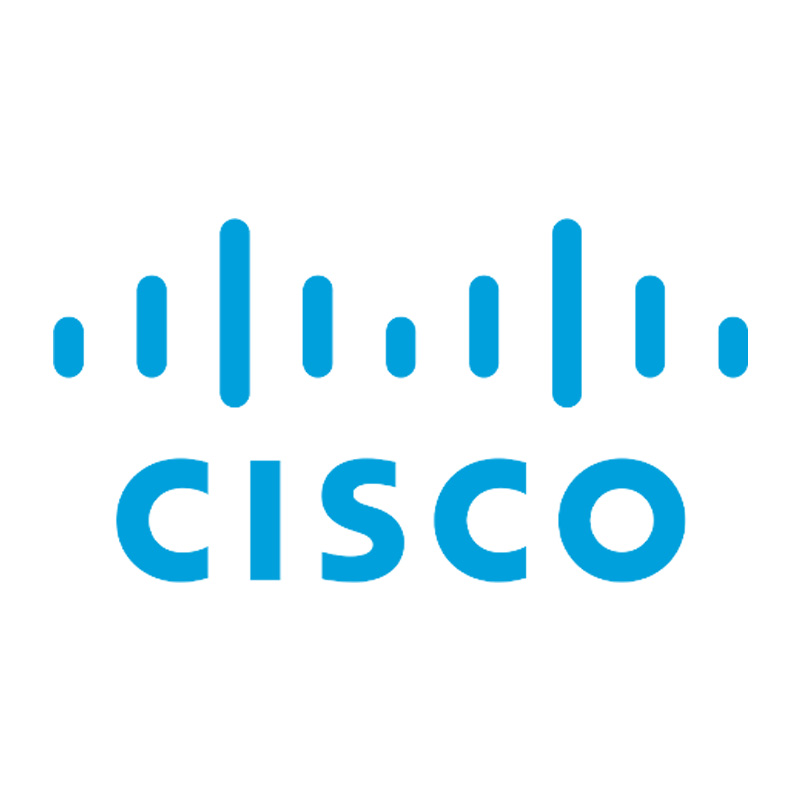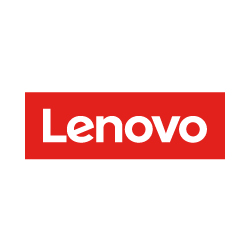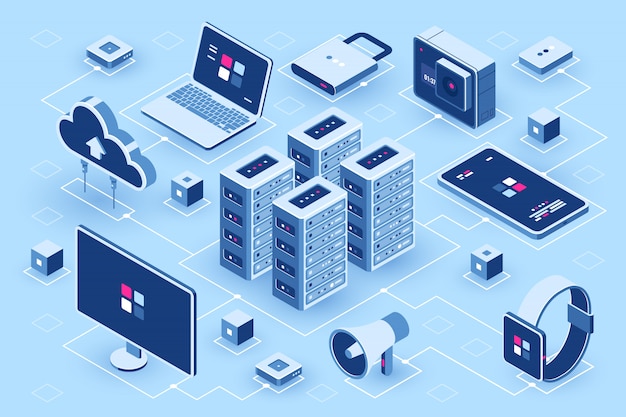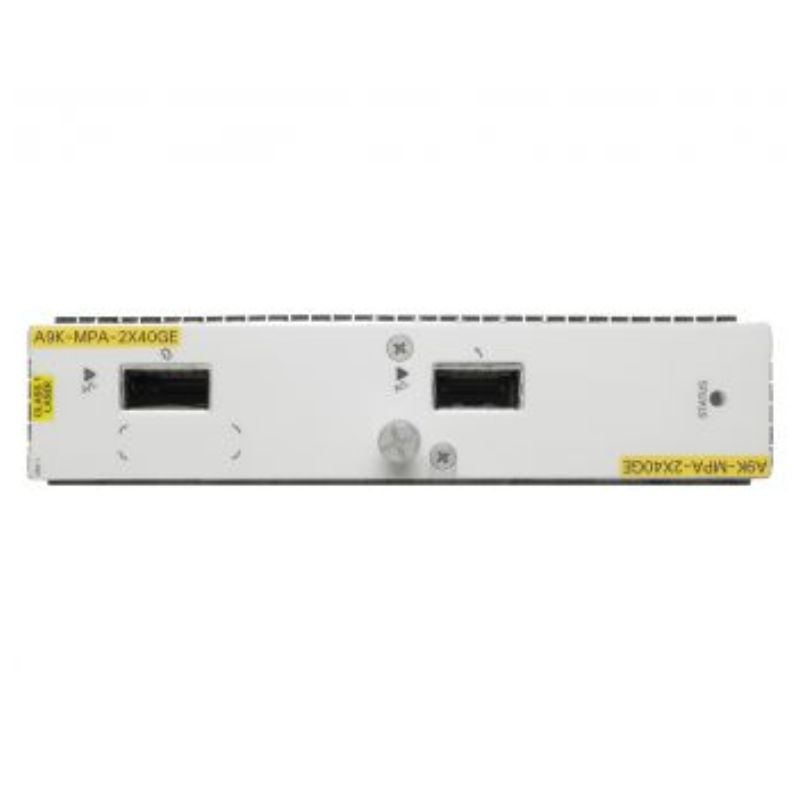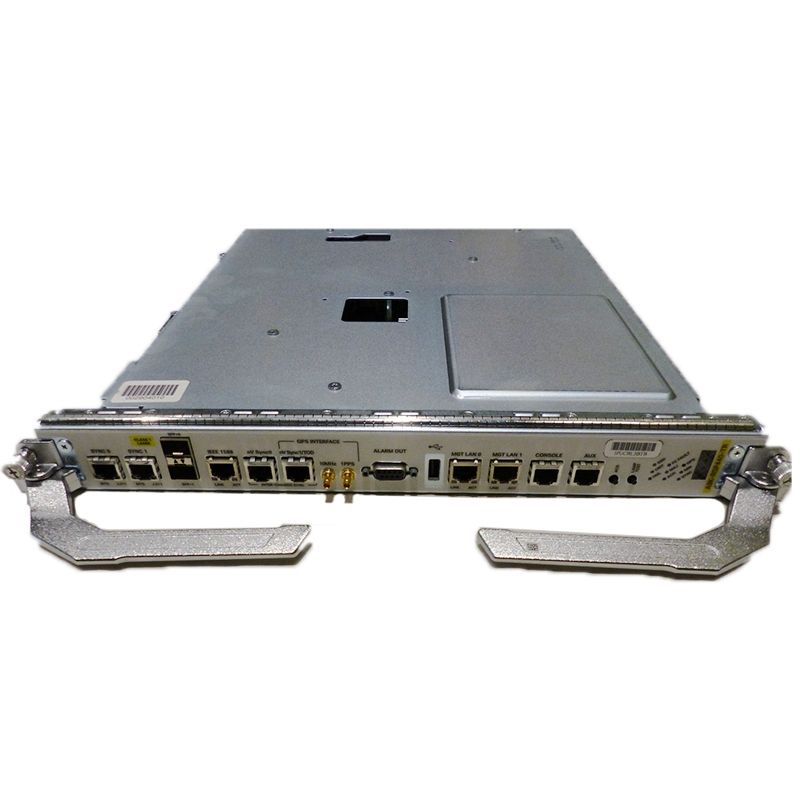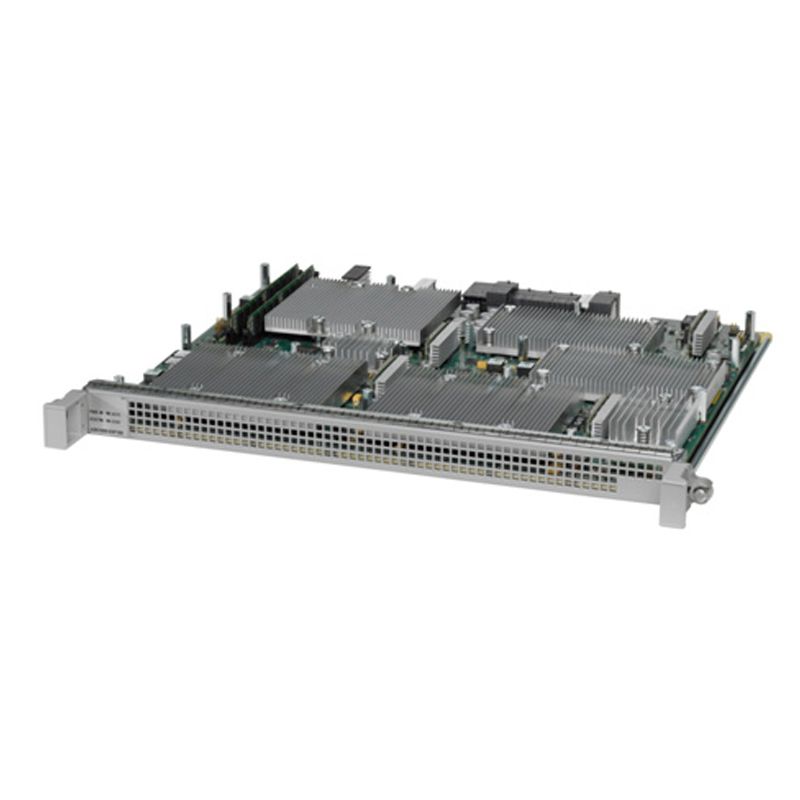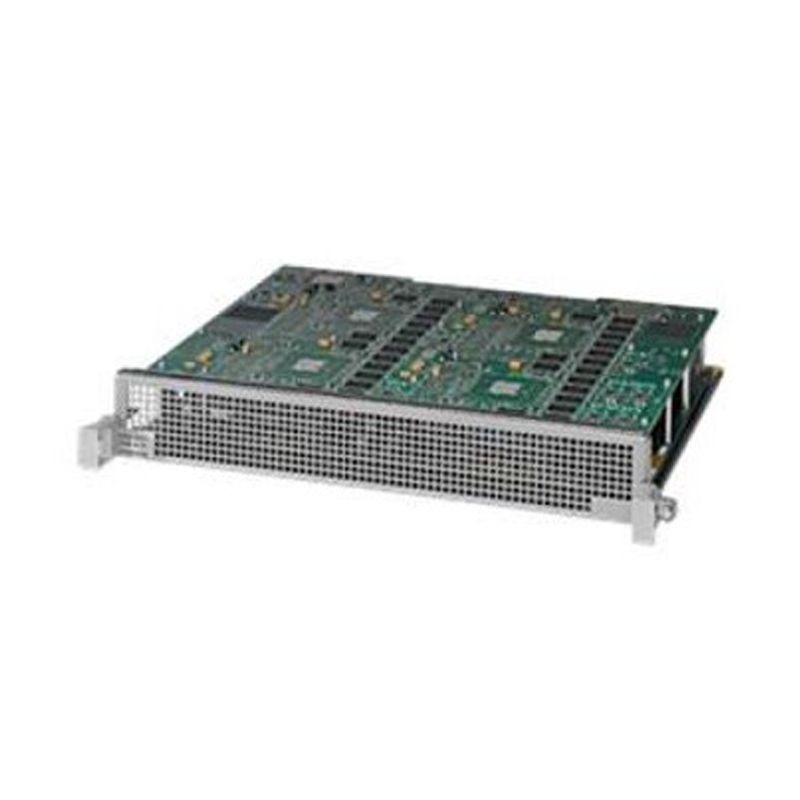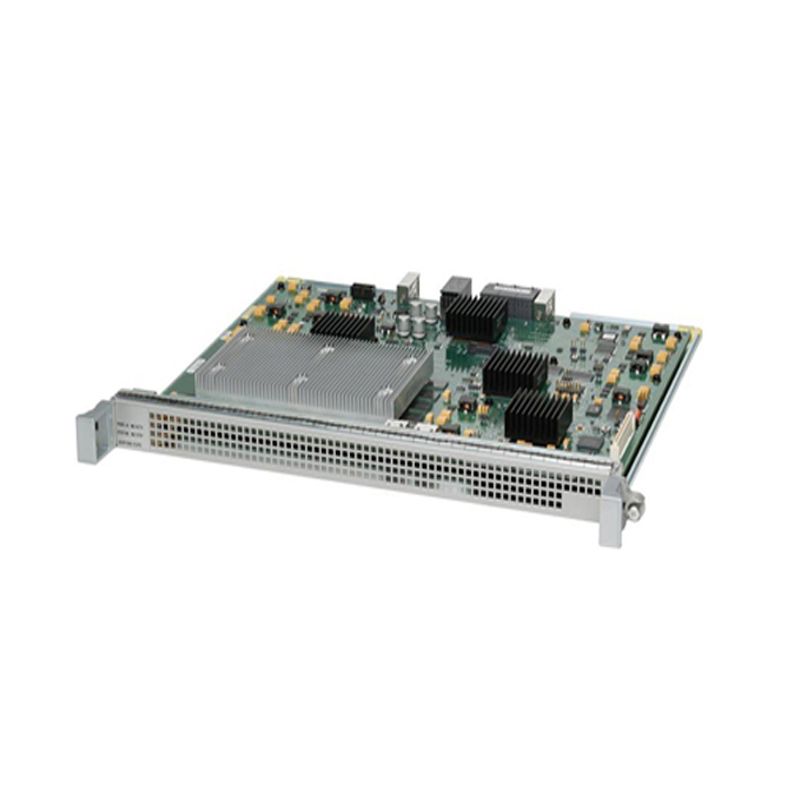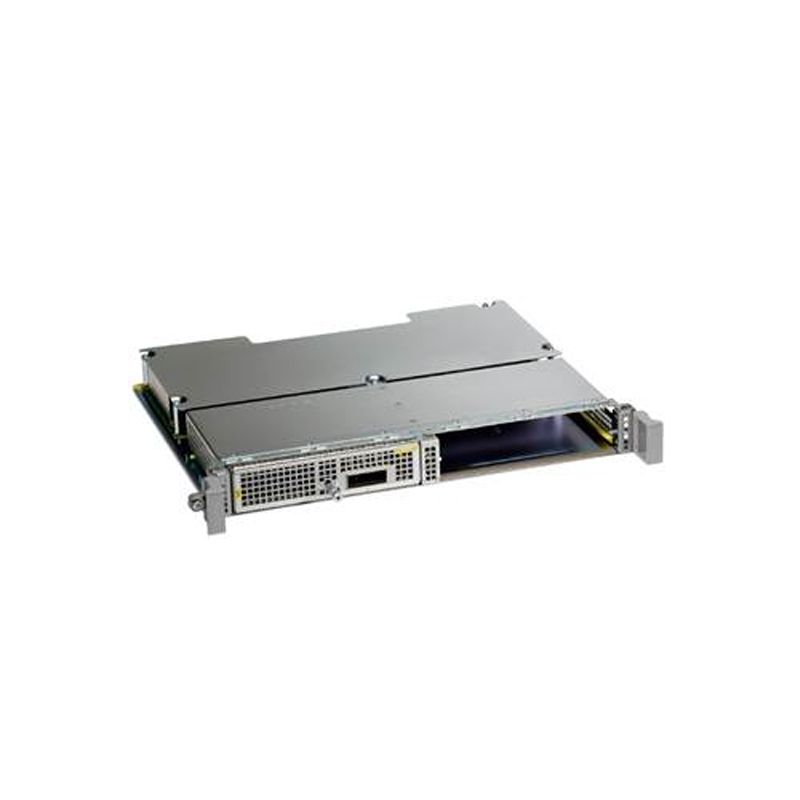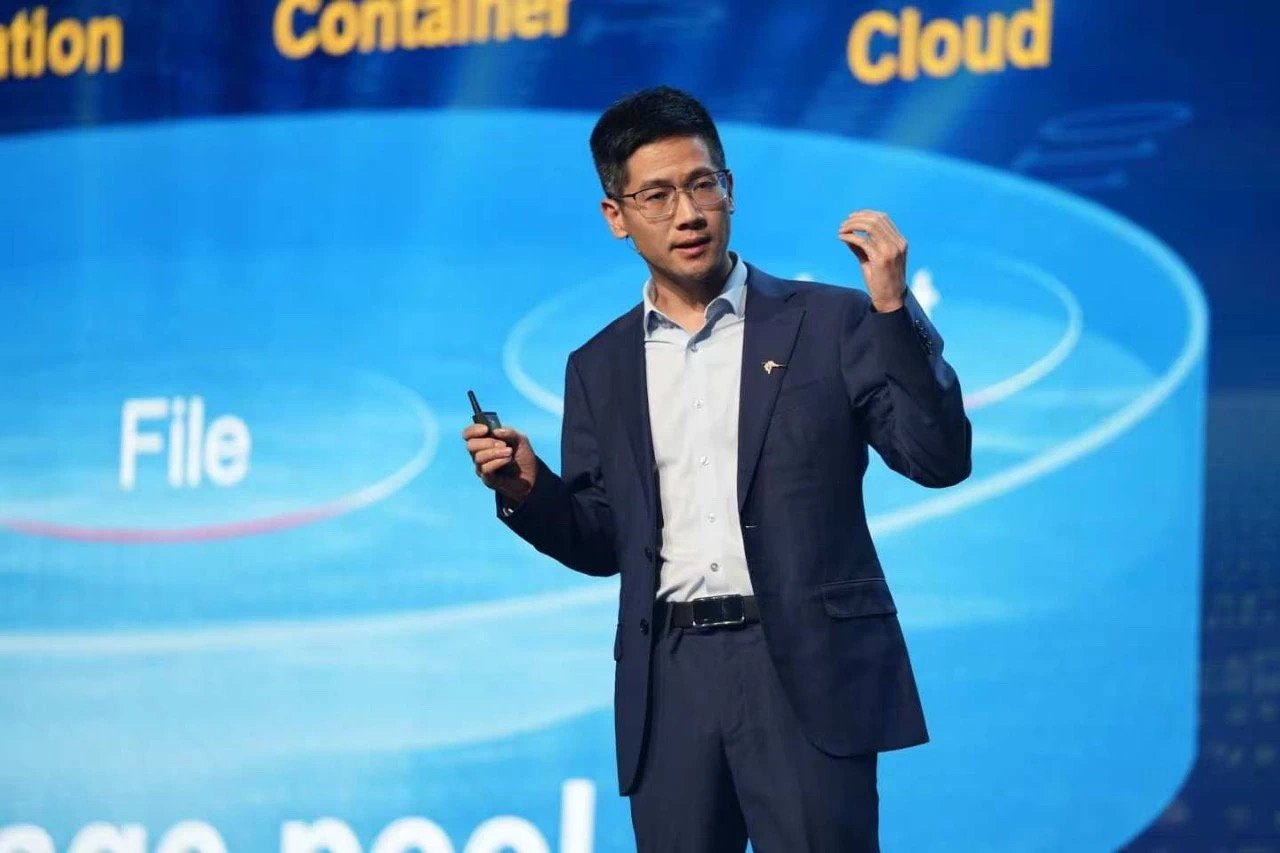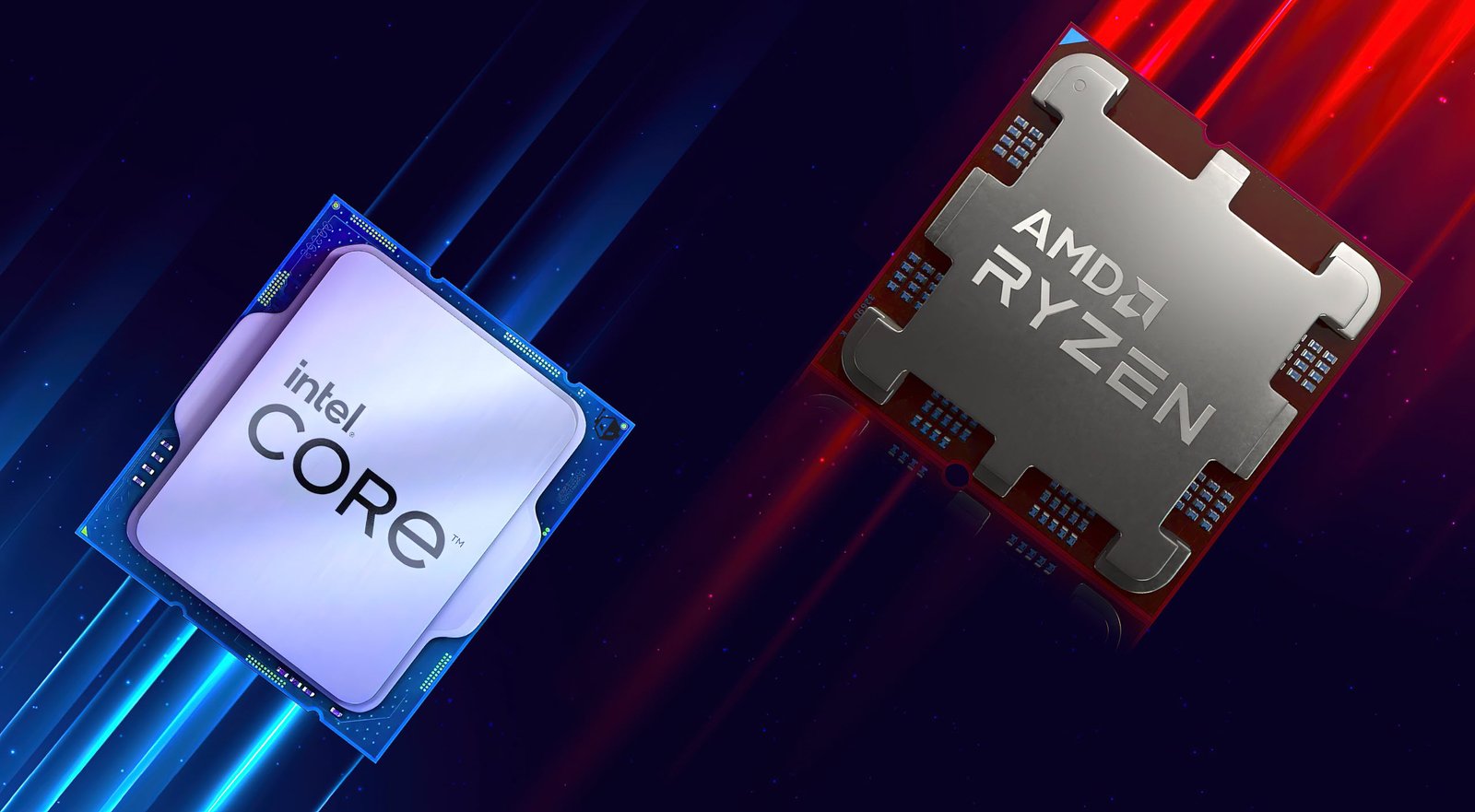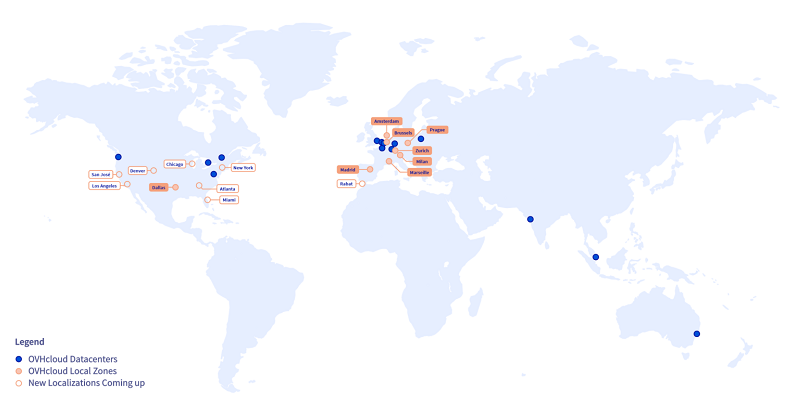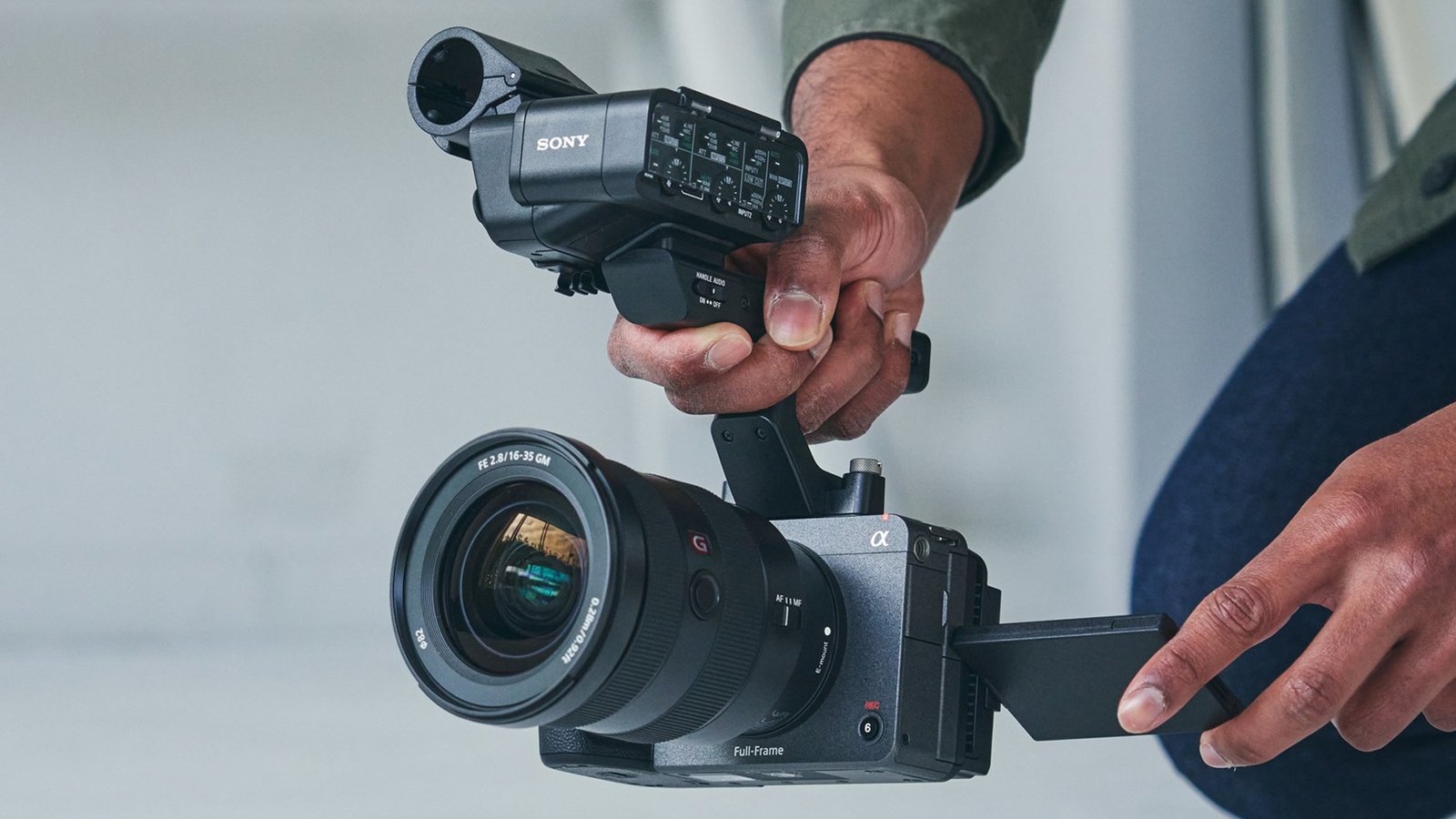Sitting down with the CEO of the company that timed the AI boom just right
In the years leading up to the launch of ChatGPT, shares in Vertiv were declining, inexorably returning to its 2020 IPO price. Concerns about then-CEO Rob Johnson’s leadership and the growth potential of its bet on high-density and liquid cooling critical infrastructure were mounting.
Then everything changed. AI data centers exploded, and the company’s valuation soared, now up some 800 percent (also helping matters was a stock buyback and dividend increase).
For CEO Giordano Albertazzi, who was appointed on 1 January 2023, it has been an untarnished story of success.
“You can call it being a fair-weather CEO,” Albertazzi tells us, when we put it to him that he joined at the perfect time. “But you could just grow with the market, while our value creation hinges around growing more than the market.”
This feature appeared in issue 56 of DCD Magazine. Read it for free here.
The company, he argues, played a good hand well, making it the key cooling and power equipment provider for the AI era.
Getting to that point required keeping a tight leash on spending, and reaching the necessary size to benefit from economies of scale, Albertazzi says. He may only be two years into the top job, but he’s an old hand at Vertiv – dating back beyond its 2016 formation to its earlier life as Liebert and Emerson Network Power.
“I think of Vertiv as a company that has improved a lot, not just in growth, but also in terms of profit, by growing our fixed cost as little as necessary and really leveraging volume and turning volume into bottom line,” he says. “That type of philosophy is profoundly rooted in the way I run the business. I’ve been with a company for 20+ years in very good and very bad weather, not always at the top helm, but certainly with quite an important helm in my hands.”
Naturally, that begs the question how a company avoids reaching its apex too soon, and staves off a decline. Vertiv is “relentless in investing in innovation and technology, because it is technology that will create a long-term competitive advantage,” Albertazzi says.
“People tell us we are doing quite well, but I still say ‘Okay, what can go wrong? How can we be better? What are the things that we need to strengthen?’ That culture is good for every weather you come across.”
He adds: “It requires a healthy paranoia – almost on the verge of unhealthy. Just there, on the line.”
For now, however, the company’s main challenge is the enviable issue of simply trying to keep up with demand. “Demand is stronger than supply, which is a good situation for an equipment provider,” he says.
Ballooning hyperscaler capex costs, new players like OpenAI’s Stargate, and billions in new funding announced in the first few months of 2025 alone have made it clear that this demand still has some ways to go.
“The market is insane in terms of appetite,” Albertazzi says, but notes that the industry’s desire for growth is, again, constrained by the realities of supply. “When you factor in all the complexities that are permitted, access to power, etc, that insane appetite gets moderated by a number of factors,” he says.
The company in November 2024 told its investors that it expected its cloud and colocation business to grow 15-17 percent every year for the next five years. “Projections have not changed at this time,” Gio says, despite Stargate and other huge announcements.
Data center operators are seeking to circumvent as many blocks as possible – looking to on-site power, and pushing for governments to speed up permitting – but there is still a simple limit to how much capacity can come online in a short space of time.
“We’re talking about an industry that is de facto a construction industry, you cannot just go triple digit the moment you wake up,” he says. “You don’t go viral building data centers, as you would with the use of an app.”
Were there no such constraints, “the market would probably be 25-30 percent,” Albertazzi says. “And then there’s the bumper of construction, having the right number, simply having qualified personnel on-site. Thousands of people, not a walk in the park.”
This, while a headache for those trying to deploy as fast as possible during the AI arms race, is actually a good thing, Albertazzi argues.

Hitching a ride on the first lunar data center
“The market doesn’t have the ability to infinitely accelerate or slow down,” he says. “I have said several times to investors and customers that those moderating factors are not bad for the industry, it’s not super acceleration and slowdowns.”
The industry can ideally avoid some of the more aggressive booms and busts of faster-moving sectors, he believes – although market panics over DeepSeek may suggest investors aren’t so sure.
What is sure, however, is that there will not only be more data centers, but that a number of those sites will be bigger than anything we have seen before. “The trend is absolutely undeniable that the average size of the data center campus is going significantly up one order of magnitude, at least,” Albertazzi says.
“But whether that is 1GW, 2GW, 5GW, or how many gigawatts, is less important from our infrastructure standpoint. From the point of view of the logic in which you build it doesn’t change dramatically.”
What will be different is the rack densities within those sites. “That is definitely going to influence the way data centers are built,” Albertazzi explains. “We have already seen a change in the thermal chain – everything is liquid cooling.”
Racks have jumped from single digits to as much as 150kW or more, and densities show no sign of slowing down. DCD understands that GPU-leader Nvidia reached out to Vertiv and other companies about the possibility of 1MW racks in the years to come.
“1MW is an easy thing to say, because it makes all your math very easy,” Albertazzi says, sidestepping the question about the research effort. “But it’s undeniable that the density will continue to increase. Will we get to 1MW exactly? I don’t know, but density will definitely go higher and higher because the compute will be so much more efficient when that happens.”
Such a rack would probably not look like the ones of today. “It will have a slightly bigger footprint, but it will not be huge. It won’t have the footprint of 10 racks. Certainly, it will be much more robust, simply because the weight will be totally different scales. But the concept would not be alien to what we think of today.”
Since our conversation, hyperscalers Google, Microsoft, and Meta detailed their first steps towards a 1MW rack
Another leap in density will necessitate “a further revolution in the liquid cooling, and a paradigm change on the power side,” he envisions. “Higher voltages, different types of power infrastructure, all things that are still dynamic. We are very fortunate in having a strong relationship with Nvidia and defining what the power thermal needs will be there, two, three, five years out.”
All this means it is “not easy being a designer of data centers for today,” Albertazzi says. “You design something today, and you will have that asset built 18 months from now, probably 2027. That asset probably needs to be up and running and generating returns up until 2047. That’s a lot. There will be a lot of IT cycles happening in those 20 years at speed and dramatic change, unheard of and never experienced before. So that’s the most difficult part.”
Albertazzi says Vertiv’s relationship with Nvidia, hyperscalers, colos, and enterprises will be key to surviving this chaotic moment. “We feel we have a particularly important role to work with them and share our technology roadmaps, so they have future-proof infrastructure, or one that you can retrofit very efficiently and very effectively without having to overhaul the whole thing,” he says.
Whether Vertiv can maintain its lead for this revolution and the next is an open question. After enjoying an early start, it now faces competitors that are keen to eat away at its business.
KKR acquired liquid cooling firm CoolIT in 2023 to help it scale, while in late 2024 manufacturing giant Flex acquired JetCool, and long-time Vertiv rival Schneider Electric picked up Motivair for some $850 million.
“We’re not afraid of competition,” Albertazzi says. “The industry has always been competitive, even when it was growing in the low single digits. There is a consolidation happening in the liquid cooling side and, very often, it’s the same competitors that we had before liquid cooling was not there.
“Now, the same competitors are extending their influence into that part of the market which is very normal. I don’t want to sound dismissive – again, we’re paranoid – but it’s a competitive market, and we believe in our competitive advantages.”




